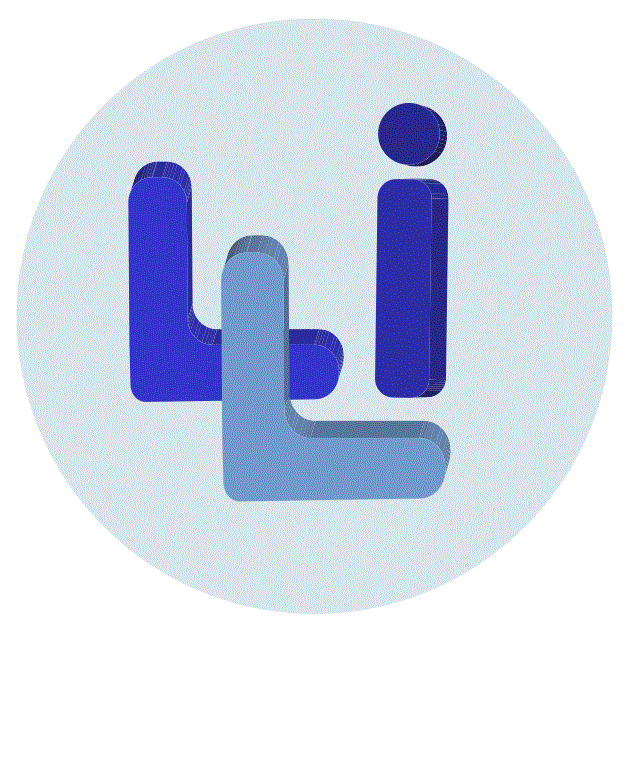Application of spoken corpora to Spanish and Chinese teaching
Period: from July, 1 2011 to June, 30 2012
Principal Investigator in Spain: Antonio Moreno Sandoval (UAM)
Principal Investigator in China: Hongbo Li (BISU)
The application of computational technology to language teaching is a common and useful task in the Computational Linguistics studies, and the Laboratorio de Lingüística Informática at UAM (LLI-UAM) has a long experience in compiling spoken corpora (CORLEC, 1990-1992; C-ORAL-ROM, 2001-2004; CHIEDE, and JAPANESE and CHINESE corpora).
The corpus in this project has been collected by Dr. Yang Dong for her PhD thesis (defense in September 2011). The collection of recordings of spontaneous Chinese has followed the same methodology as the original C-ORAL-ROM for Spanish, and in spite of being a language with a very different writing system, the computer processing and adaptation is not time-consuming, as both use similar formats.
The aim of the corpus is the creation and collection of speech samples in spontaneous Chinese for teaching/learning of Chinese to Spanish university learners and, specifically, students from UAM. The methodology of adapting a spoken corpus for didactic purposes has benefited from the know-how of the adaptation of C-ORAL-ROM for teaching of Spanish as a foreign language, which resulted in the book Textos de español oral, published by UAM Publishing Service (2010).
The Departament of Chinese Language and Literature from Beijing International Studies University (BISU) and the Spanish Departament from that institution, where Dr. Dong is assistant professor, participate this project.
Project aimsThe aim of the project is to design teaching material with spoken samples from the corpus collected by Dr. Dong in LLI-UAM. This didactic material will follow the methodology used in the book Textos de español oral, and will be brought out by the UAM Publishing Service, with the possible participation of Confucius Institute in Madrid.
The uses of this didactic material are:
- Teaching/learning and practice of listening comprenhension in non-inmersion situations (when the learner studies in a country where Chinese is not normally spoken).
- Use by the teacher in class or by the student in self-learning contexts, since the didactic material has exercises for every listening task and a key of answers.
- Complement for the students' autonomous work and non-attendance learning.
- Use in examinations.
- In Spain: Laboratorio de Lingüística Informática (UAM):
- Antonio Moreno-Sandoval (Principal Investigator)
- Leonardo Campillos Llanos (PhD Student)
- Paula Gozalo Gómez (Spanish as a second language Professor at the Language Services Center)
- In China: International Communication School at the Beijing International Studies University (BISU).
- Hongbo Li (Principal investigator)
- Yang Dong (Assistant professor)
- Wei Wang (Professor)
- Zhiyuan An (Director of the Computing Service)
- Jingpeng Dang (Assistant professor)
- Shili Wang (Assistant professor)
- Visit of the Chinese team of teachers to UAM (Madrid, January 2012).
- Visit of the Spanish team of teachers to the International Communication School at BISU (April 2012).
- Presentation of the book Textos de español oral at the Instituto Cervantes in Beijing.
- Meeting with the Computational Linguistics research group from the Chinese Academy of Social Sciences (CASS).
Taking advantage of this opportunity, the following activities were performed:


